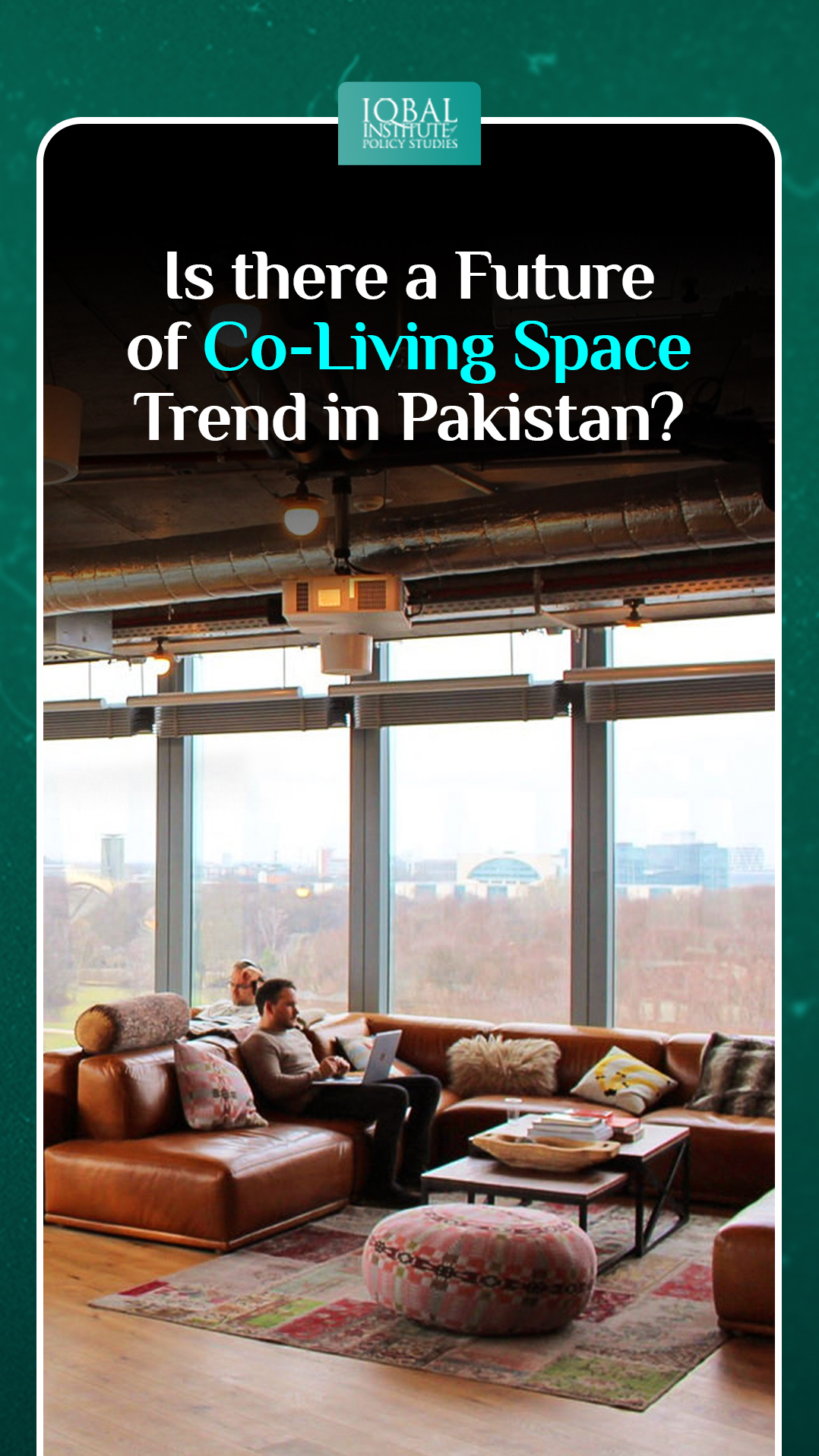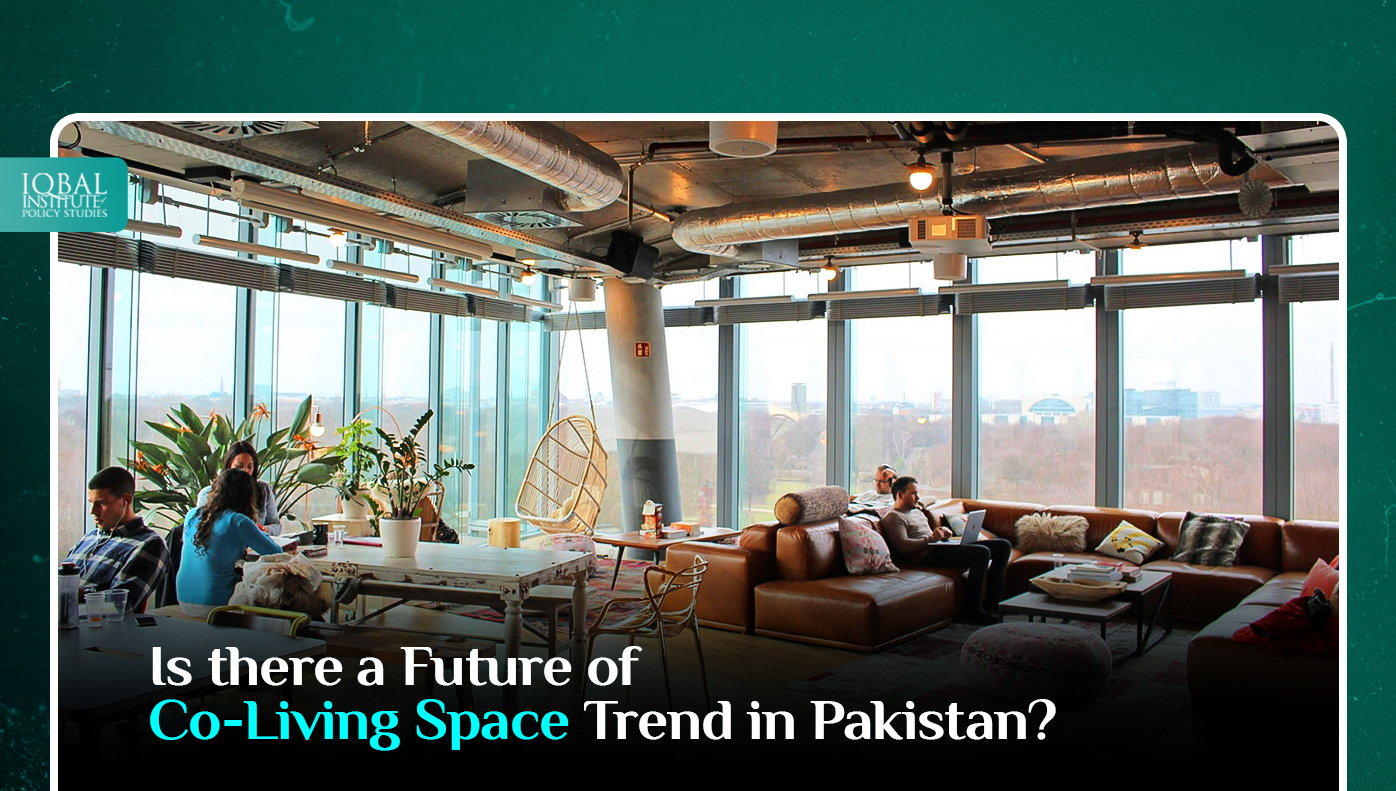Co-living spaces are becoming mainstream in the global real estate market. The emergence of these spaces can be attributed to the growing demand among young adults who relocate to costly cities in search of employment opportunities or a professional living environment. These spaces provide individuals with a unique living experience by taking a modern and inventive approach to shared housing and offering pleasant, fully furnished living quarters and various amenities and services, such as shared common areas, flexible leasing alternatives, and planned events. Moreover, these spaces allow networking and collaboration with like-minded professionals, fostering a supportive community and enabling individuals or digital nomads to focus on their careers while enjoying a comfortable and conducive living arrangement. As a result, this concept is gaining tremendous traction and international appeal in recent years. The rising trend of co-living spaces represents a fundamental shift in how people see and embrace shared housing options as the need for flexible and community-oriented living continues to expand. Thus, these spaces redefine modern living, slowly extending worldwide.
What are the Benefits?
Affordability
City life is expensive, especially when residing in city centres. For individuals under 30, rent takes up most of their monthly expenses. On average, they allocate 45% of their income towards paying for their apartment leases (Bungalow, 2022). However, a coliving space has a fully furnished layout, and rent is comparatively affordable.
Convenience
Home management tasks, such as setting up utilities, decorating, and scheduling bills, can be tedious and time-consuming when renting a home. On the contrary, co-living eliminates the need to manage home administration, which saves individuals time and money. Furthermore, co-living communities usually provide fully furnished rooms with essential amenities of high quality.
Builds Social Cohesion
Meeting new people and making friends as an adult can be a daunting task. However, a co-living complex can provide a solution to this challenge by providing communal facilities and events that foster an environment that is perfect for individuals who are open-minded and seeking new connections. It provides a community of individuals who are willing to share meals, watch movies together, and discuss their daily lives.
Fosters Sustainable Living
Co-living can lower negative environmental impacts as these spaces share basic resources such as water and electricity by utilising communal spaces. This helps implement a more sustainable approach to energy consumption which, in turn, supports the reduction of carbon footprint. According to a study, co-living lessens an individual’s carbon footprint by an average of 23% (Underwood & Zahran, 2015).
Exchange of Ideas and Knowledge
This type of lifestyle gives the opportunity of meeting and connecting people of diverse backgrounds and cultures, inculcating a sense of unity and social cohesion. Individuals can share ideas and knowledge, boosting productivity, enhancing creativity and innovation, and building an environment that fosters collaboration and professional cooperation.
Flexible
Committing to a long lease and investing in home items like furniture and appliances can be intimidating and a waste of money, especially if an individual plans to live there for a short while. Co-living provides a flexible alternative with the choice of shorter leases.
Minimalism
It provides the benefit of living light without the burden of too many material belongings. The individual is required to only bring essentials as most of these spaces are already furnished.
What are the Demerits?
Limited Privacy
Living in a common living space with other people means tenants may have less authority over their living environment and may have to compromise on their particular preferences. Furthermore, communal utilities might grow congested or unkempt, making it challenging to find a quiet spot or keep them clean. This can be difficult for those who cherish their personal space and require privacy to recharge or focus. While some people appreciate the social contact and shared experience of coliving, others may struggle with losing personal space and privacy.
Chance of Disagreement and Conflict
Living with people with different lives, habits, and tastes might lead to arguments or confrontations. Residents, for example, may have conflicting sleep cycles, employment needs, or social preferences, resulting in clashing schedules and disruptions. While some coliving locations often screen inhabitants to ensure compatibility, building a community of people with comparable habits and lifestyles is impossible.
Limited in some Cities
Smaller towns and rural locations may not have coliving places. Individuals interested in coliving arrangements but unable to relocate to a metropolis or urban environment have fewer possibilities as a result. Additionally, the supply of coliving places in some areas may be restricted, resulting in higher pricing or longer waitlists for preferred living arrangements.
Safety and Security Issues
Living with a group of strangers may cause trust and personal benefits issues. Therefore, it is advisable for individuals to do a security check on co-living providers by acknowledging their popularity, awareness and trustworthiness in the community, as well as finding out more on their website or via testimonials from co-living members.
Is there a Future for the Co-living Trend in Pakistan?
The population of Pakistan was 230m in 2022, and the number is expected to exceed 110m by 2050 (DAWN, 2022). More than 50% of Pakistanis will be living in cities by 2050 (Sathar, 2022), increasing the rate of urbanisation and cost of living. According to the State Bank of Pakistan, house rent prices increased from 4.77% in 2021 to 6.13% in 2022 (The Express Tribune, 2022). Furthermore, the country is facing an inadequate housing crisis as well. For instance, Punjab province had a housing gap of 2.3 million units in 2017 and is expected to increase to 11.3 million units by 2047 (Zaheer, Arshad, & Kwak, 2022). All this data suggests that co-living might have a foreseeable future in Pakistan, addressing the housing deficit and increasing rent costs.
Factors like widespread unemployment and economic privations make it challenging for the youth to afford an independent living in metropolitan cities; thus, most of them resort to shared living spaces. As a result, a few small-scale businesses are introducing this concept within the reach of students and working professionals. This could be the beginning of the shared living space trend in Pakistan, influenced by the growing culture of freelancing and co-working spaces.
Conclusion
Co-living spaces are trending in the global real estate market due to their ample benefits and will soon ripple in developing countries like Pakistan. With the cost surge in housing, economic crisis, accelerating unemployment, and inflation, many digital nomads, millennials and Gen Z are considering the option of shared living spaces. Small-scale start-ups have also initiated such businesses in cities like Karachi, owing to the increasing affordable housing demands. There is no doubt that such spaces will soon become ubiquitous as it is the need of the hour.
References
Bungalow. (2022, February 1). Is Coliving Right for You? The Top Six Benefits of Coliving. Retrieved from https://bungalow.com/articles/is-coliving-right-for-you-the-top-six-benefits-of-coliving
DAWN. (2022, November 26). Pakistan and the 8 billion planet. Retrieved from DAWN: https://www.dawn.com/news/1723182
Sathar, Z. (2022, August 13). AMBIGUITIES IN POPULATION CONTROL. Retrieved from DAWN: https://www.dawn.com/news/1704684
The Express Tribune. (2022, April 5). House rents up by over 20% in twin cities. Retrieved from https://tribune.com.pk/story/2351020/house-rents-up-by-over-20-in-twin-cities
Underwood, A., & Zahran, S. (2015, August). The carbon implications of declining household scale economies. Science Direct, 116, 182-190. doi:https://doi.org/10.1016/j.ecolecon.2015.04.028
Zaheer, N., Arshad, S., & Kwak, D. (2022, March 11). Managing supply and demand: The key to getting ‘housing’ right in Pakistan. Retrieved from World Bank Blogs: https://blogs.worldbank.org/endpovertyinsouthasia/managing-supply-and-demand-key-getting-housing-right-pakistan



Leave a Reply